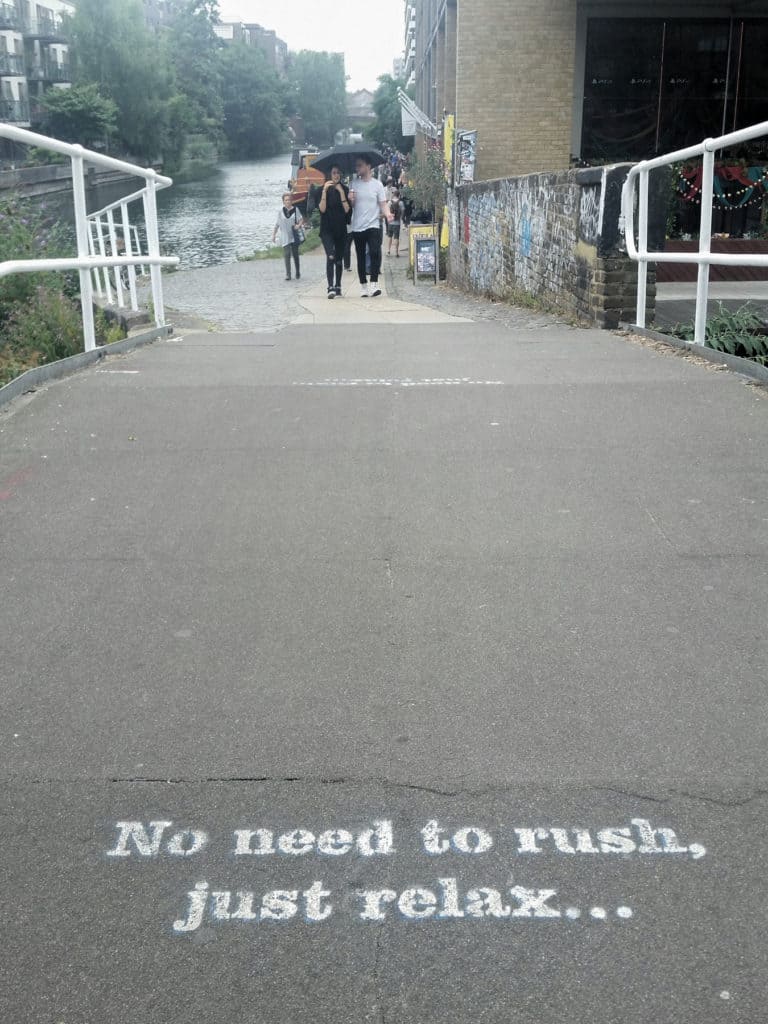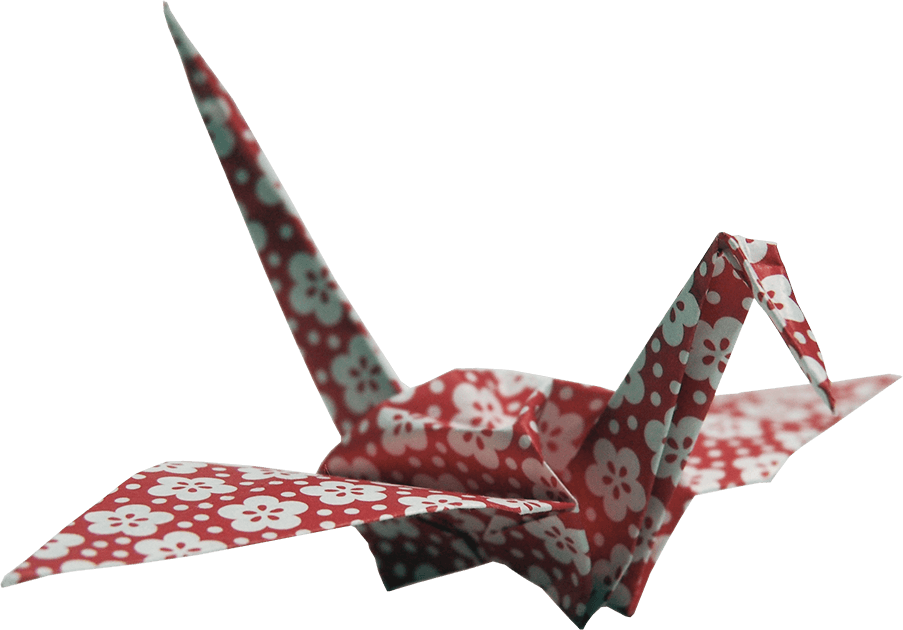This past June, on my mini-book tour in the UK, I was fortunate enough to enjoy some good hours of walking every day during the week I spent on the Isle of Wight. The Isle is known for its walking festival, and I understand why, with its varied landscape, dramatic views, and plethora of footpaths! The reading I gave at the Quay Arts Centre was the last event in a month-long series focussed on walking. What great timing for me! In addition to doing a book reading, a shared a short essay I wrote especially for the occasion, and I’d like to share with you:
***
Walking, as I am sure you all know, has played a part in this culture probably forever. There are scores of English writers, poets and thinkers from Dickens to Darwin to whom walking was not just their method of travel, but their muse. Europe and America too boast writers like Goethe and Thoreau, but I have to say that North American society as a whole no longer values or supports walking very highly. Since the invention of the automobile, new communities have been built that offer no pedestrian footpaths, and no shopping centres or conveniences within walking distance. There is a certain type of sporty outdoor enthusiast in any North American town who goes “hiking”, but only a small percentage of people routinely walk for pleasure, or to get from A to B. Walking, something that each able-bodied person does almost from birth, something so natural, has become relegated to the fringe. It does look like the tides are changing though, with the younger generation thinking ahead towards more sustainable, walkable, communities. And this makes me very happy!
You probably also know about the physical health benefits of walking for our heart and lungs and muscles and bones, or even the fact that walking can be a mood booster, and increase our serotonin levels and even give us the same endorphin rush as running if we walk briskly enough. But I’d like to address the other benefits—and for me, those are: INNER—and—OUTER—peace.
By inner peace, I mean when our mind can return to a place that is a kind of calm awakeness. When we interact with our surroundings, stop to smell that rose, hear a bird’s call, notice even the cracks in the pavement, we are giving ourselves a break from the movies we create IN HERE—the thought patterns that take up permanent residence. We can choose to be MINDLESS in our thoughts and behaviour, or MINDFUL. It’s all too easy to fall into habitual thought patterns. Am I too fat? Do I have enough money? Do people like me? How do I get ahead in life? What’s going to happen to me tomorrow? Gotta clean the house, gotta fix the car, gotta gotta gotta. It’s worry, speculation, fantasy, NOT what’s happening HERE AND NOW. Focusing on the present calms the mind and allows truly creative, effective and transformative thoughts to arise. The ones that cannot be forced but start to flow when they are given room to. And this happens naturally, I find, when walking.
A friend remarked a while ago that he was enjoying reading Walking to Japan slowly, reading just a few pages at a time to savour it, to experience it a walking pace. That was flattering, but also really thought provoking. It got me wondering about life in this modern age, the Information Age. We are so accustomed to having what we want at our fingertips, any time of day or night. We don’t think twice about getting from A to B— across the world even —in a flash. We take for granted that we can be anywhere or talk to anyone virtually at the click of the button. We have forgotten how to enjoy life at a walking pace, taking one step at a time, to drink the nectar of life in small sips. We’re gluttons for MORE, faster, bigger. We don’t trust the process of working slowly towards our goals and dreams. We find ourselves bored, because in effect we have forgotten how to pay attention.
When our main mode of travel is a speeding car, and our main way of viewing the world and communicating is through a tiny device, we miss the details in our surroundings—the petals of a flower, the brushstrokes in a painting—and— we can fail to grasp the highly nuanced emotional content and salience that face-to-face communication offers. We are now seeing the world shrunken and funneled through a tiny screen. We are reducing our experience of life from THIS—to—THIS. (I spread my arms wide, like I was telling a big fish story, and then small, like holding a cell phone.)
As we become used to virtual experience, we are becoming starved of REAL EXPERIENCE, and this can have dire consequences. As infants, it is critical that we interact with our physical surroundings and with our caretakers for our brains to grow and function properly. Babies that experience emotional and sensory deprivation will undergo delayed, impaired—or even stunted— intellectual, physical, and emotional development. And, it is not just the five senses that need to be stimulated—sight, sound, smell, taste and touch, but there are others, and MOVEMENT is one of the most critical.
Scientists have determined that a lack of tactile stimulation in infancy, coupled with lack of movement, can lead to dysfunctional traits and behaviors including depression, hyperactivity, violence, impaired pain threshold, addiction, and even psychopathy. At the most primitive level, our brain recognizes that movement means we’re ALIVE. In the womb, we’re always beings sloshed around. After we’re born, we’re constantly lugged around by our mothers or caretakers—at least this is what still happens in most traditional cultures, in primate societies, and with some other mammals as well. If we’re moving, we’re alive. If our brain senses that we’re not moving, other than when we’re asleep or briefly at rest, then there is something very wrong. We need to move. And— walking is our most basic form of movement!
Our nervous systems are programmed to fight, fright, or freeze when presented with danger. A whole cascade of neurochemicals, of which adrenaline is one, is set into action. Our heart starts to beat faster, our blood vessels and pupils dilate, our production of saliva and tears shuts down, and our field of vision narrows. Our response as “modern” homo sapiens is no different from that of prehistoric humans facing down a sabre-toothed tiger. So even when we see images of violence or are surprised by a sudden loud noise in traffic or even think about some tragedy we’ve seen on TV, our brains can set off a chain reaction. We don’t realize that we are constantly subjecting ourselves to anxiety-provoking stimuli when doing even seemingly normal activities like driving a car.
However, the brain is programmed to relax the body when we detect signs of safety in our surroundings. This is what neuropsychologists call the “rest and digest” mechanism. The body resumes producing saliva, tears & digestive enzymes; circulation returns to normal and our focus broadens again. Just liked being rocked in the womb, surrounded by waves of sloshing amniotic fluid, we are calmed in a rocking chair, or relaxed by the sound of the ocean. Some music can have the same effect. Other sounds of nature like birdsong, a babbling brook, wind in the trees—are cues that tell our brains we are safe. SO, although of course it’s wonderful to get exercise in any way, and that includes the gym, there is no substitute for walking outdoors, and this includes rainy days. I know Brits are tough, and this is not news for you, but there are a lot of North Americans who would call me crazy. We are also calmed by the touch of skin on skin, as we would been as infants. The neurochemical oxytocin is implicated here. So as much as I love to walk alone, and can do it for hours a day, walking hand in hand with a friend gives us that oxytocin kick too, which is a great mood booster!
These very basic needs for movement, and cognitive stimulation, and social contact continue as we age. Getting out there, walking through our communities, talking with our neighbours, is good for our health and well-being. It has been shown that elders who have the opportunity to get about as independently as possible and socialize and exercise, live longer and more fulfilling lives. But, I notice, when I spend time in big cities, what I notice right away is the lack of eye contact between people in the street. When I lived in London for half a year, the only people who talked to me in the street were other foreigners and mentally handicapped people. Perhaps they were the only ones who weren’t either indifferent or afraid.
I know—we don’t want to intrude on other people’s space, we don’t want to attract unwanted attention. But do you remember the days when we’d simply nod and smile or tip a hat at passersby? I DO. And perhaps you still do this here on the IOW. It’s not just a simple pleasantry that we’re missing out on, but that little smile is actually a way of signaling to others: all is well. We are safe. As social animals we are very cued by these little things.
Derek was walking through the world before there was such a thing as the internet or cellphones. He wanted real experience. He was in countries where he didn’t speak the language, didn’t understand the culture, and was getting around on the power of his own feet and his own wits. SO—what was he to do but talk to strangers, make connections, and approach the people he met with openness, kindness, tolerance, and humility? Most of the time this came easily for him, because that’s the type of person he was, but his beliefs and limits were sometimes tested. Certainly there are some places where we do not feel safe. There are places where people experience violence, hunger, and lack of natural and social resources. There are terrorists, whose acts are designed to frighten and divide us. But I think this, more than ever, makes it critical that we get out there and make contact with our fellow human beings when we can. In these days of building walls and creating separation what we really need to do is just the opposite—create unity. And this can only happen when we get closer to what, and whom, we fear. We cannot and should not, be frightened into creating smaller and smaller comfort zones. We need to have the courage to keep going forward and connecting with others.
THIS how to make PEACE.

